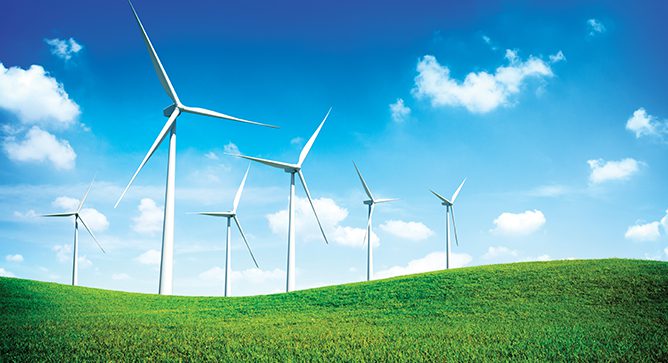News & Views, Volume 43 | Wind Project Continued Operation Beyond Designed Life
By: Ceci Wilson

As the wind energy market and demand has grown quickly, so has the technology – better turbine controls, more efficient drivetrains, longer and lighter blade designs, and taller towers. Figure 1 shows that in 2000 wind turbines had an average nameplate capacity of slightly less then 1 MW and 30% capacity factors, while the average nameplate capacity in 2016 was 2.15 MW [1], with capacity factors near 40%. Blade lengths of 25 meters in 2000 are dwarfed by the more recent 50 meter blades (see Figure 2). Longer blades at higher hub heights and more efficient controls means that new wind projects can achieve more power generation capacity with half (or less) the number of turbines compared to 10-year-old projects.
A typical wind turbine is designed for 20-year operation. In 2017, most of the US wind turbine fleet is less than 10 years old, with 20% of the fleet between 10 and 16 years of age. As wind turbines age and near their design life of 20 years, owners should start assessing their future options for continued operation:
- Partial repowering: Would it be beneficial to invest in upgrades that take advantage of new technology to increase power generation and/or turbine life?
- Repowering: Given technology development, is it better to replace existing wind turbines with new ones?
- Life extension: Can the operating wind turbines continue operating past 20 years as-is (or with minor adjustments)?
The answers to these questions are project and site specific.



